Call of the wild: Giuseppe Penone is in his element at Château La Coste
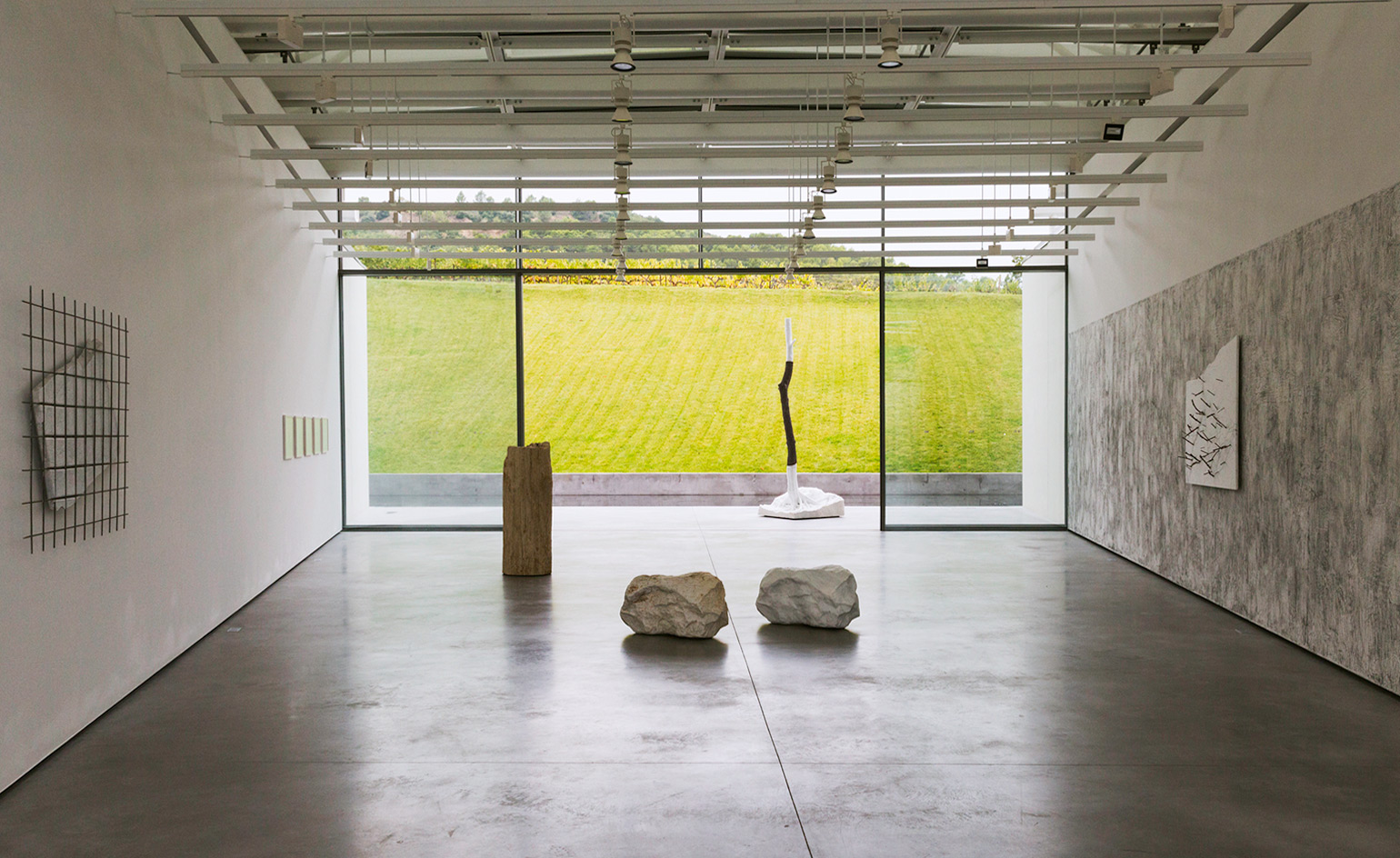
Revealed earlier this month, a series of recent works by Giuseppe Penone is being exhibited in the Renzo Piano-designed pavilion at Château La Coste, the sumptuous Provençal property that combines vineyards, hospitality and large-scale contemporary art.
But before entering the compact architectural space – located just steps beyond Frank Gehry’s reconstructed Serpentine Pavilion from 2008 – visitors will confront two of Penone’s works that have been placed outside. The first consists of a barren bronze tree rising nearly 13m, into which a massive rock precariously nestles, with a second rock resting safely on the ground. The other is a giant slab of upright Carrara marble sculpted with veined patterning in low and high relief – either mimicking the stone itself or else a vaguely anthropomorphic reference.
If it seems obvious that these works are in dialogue with their surroundings – a leafless tree amid a verdant setting, the marble’s irregular peephole offering a picturesque view to an expanse of vines – Penone alternately points out his intention to communicate with the architecture. The slab, by complete coincidence, picks up the exact sloping line of Piano’s exterior concrete wall, while the tree begins another perspective line to his marble and bronze trunk sculpture at the rear side of the sunken building, where a narrow reflecting pool and grassy knoll fill the backdrop.
‘You see a link created with the elements of the space,’ notes the artist, who began his tireless career nearly 50 years ago as a young member of the Arte Povera movement. While the two Italian talents have known each other for some time, they have never directly collaborated; for the exhibition programme, the architect volunteered a sketch of the project.
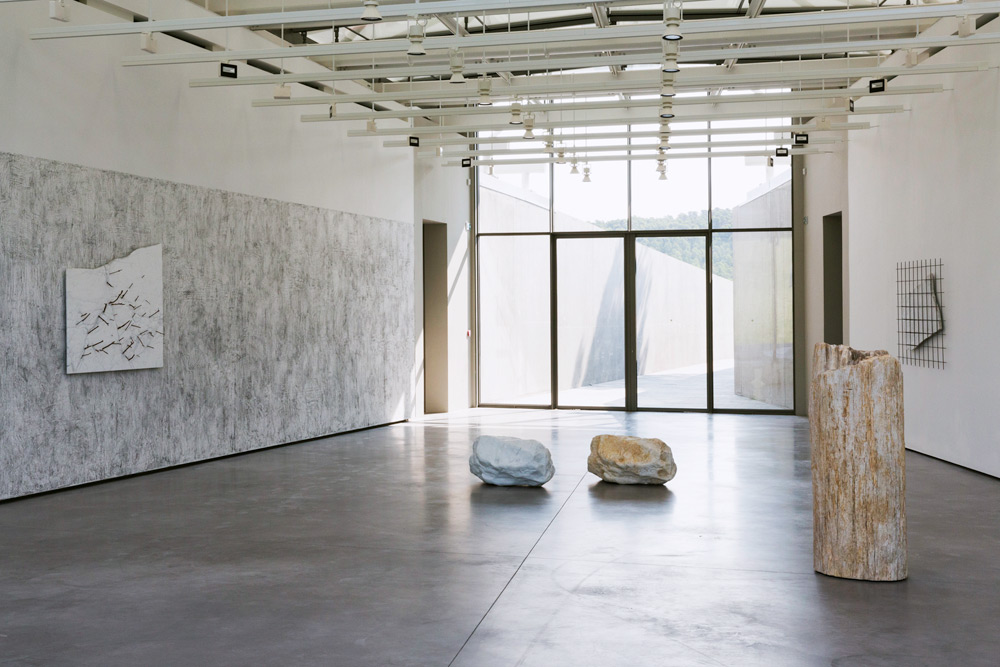
Installation view of ‘Giuseppe Penone: Des Corps de Pierre’
Speaking with Wallpaper* from the lobby of the Villa La Coste hotel, perched above the pavilion, Penone explains how this presentation of eight works, including five recent drawings, furthers his expression of identity via elemental materials both large (one sculpture weighs nearly a tonne) and small (a natural grain of sand accompanied by a sculpted counterpart). Within the title Des Corps de Pierre (‘The Bodies of Stone’) is the notion that no two bodies – not natural river stones, not even pencil dots on paper – can be considered identical.
‘There is not a grain of sand that is identical to another. To try and make two identical grains, you introduce a system in the world that is completely artificial,’ he says, adding how this one – ostensibly identical to the human eye – involved the assistance of a nanotechnology expert in Grenoble and that future versions will be even more indistinguishable. ‘In language, there aren’t actually that many possibilities to recognise the visual characteristics [of stone] like with humans or animals. So we always try to understand these things with our own bodies and our thoughts.’
This sentiment accounts for his drawing of four coloured marks at the centre of a pointillist eye, as part of a series called Identità (‘Identity’). Arguably, however, within the context of Piano’s gallery, where natural light fills the space indirectly, Penone’s ideas need not be fully grasped to be appreciated. What registers most is how the compositions feel deeply grounded – or else penned to the walls – making his presence felt in ways both substantial and metaphysical.
His recurring depiction of trees confirms as much: ‘It’s a living form that memorises its entire existence in its structure. It’s a perfect sculpture that is able to show the necessity of its life. It’s this perfection that allows it to function anywhere – whether placed in a desert or a forest.’
On that note, once the exhibition ends and his trees have been uprooted, does Penone feel he will have left a trace on the property? ‘Of course,’ he replies enthusiastically. ‘I have been walking on the soil of the vines many times. That soil will remember that I have been there.’
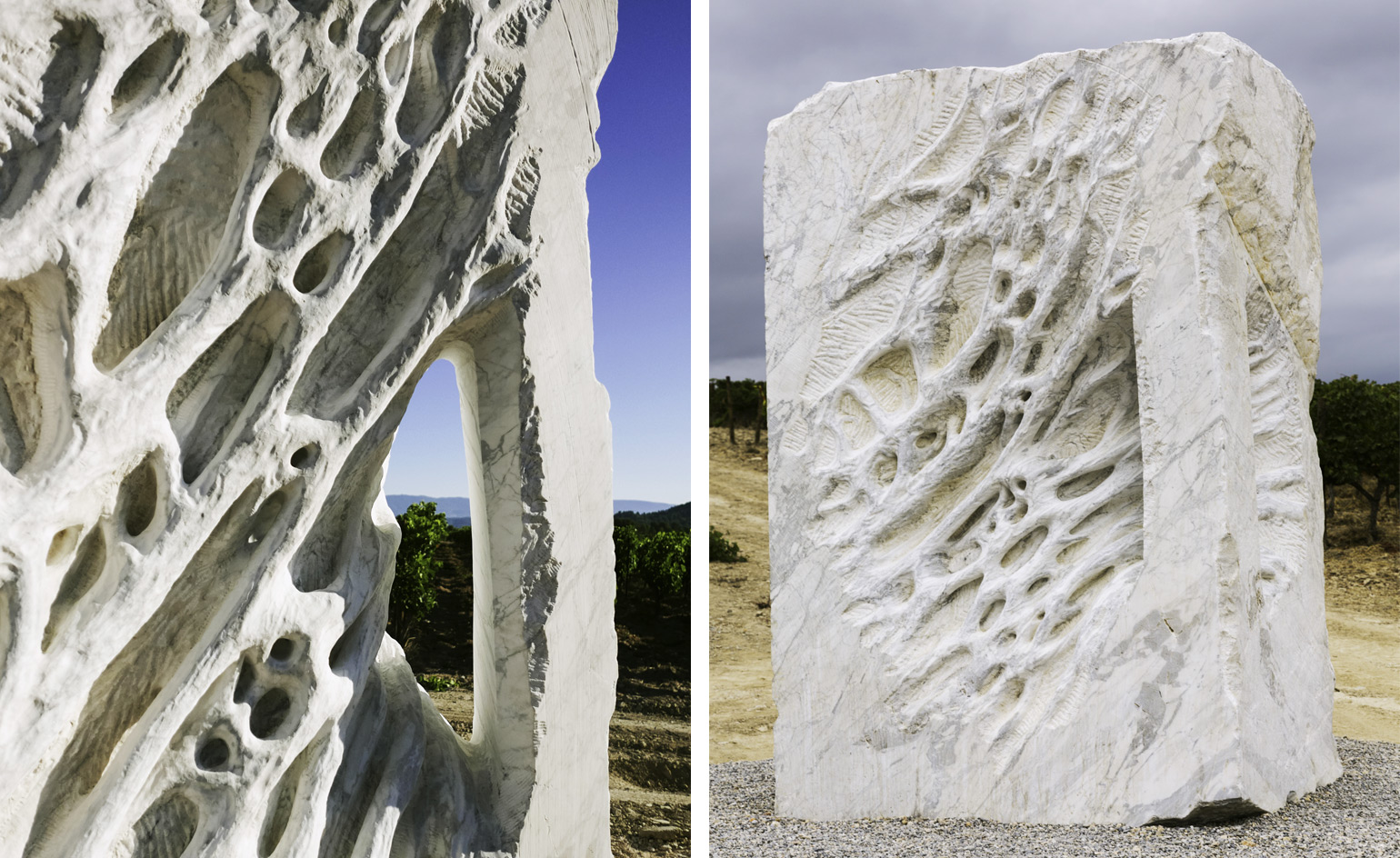
Installation view of ‘Giuseppe Penone: Des Corps de Pierre’

Installation view of ‘Giuseppe Penone: Des Corps de Pierre’
INFORMATION
‘Giuseppe Penone: Des Corps de Pierre’ is on view until 26 November. The next exhibition at Château La Coste, ‘Your Way’ by Jeppen Hein, opens on 30 September. For more information, visit the Château La Coste website and the Marian Goodman Gallery website
ADDRESS
Château La Coste
2750 Route De La Cride
13610 Le Puy-Sainte-Réparade
Wallpaper* Newsletter
Receive our daily digest of inspiration, escapism and design stories from around the world direct to your inbox.
-
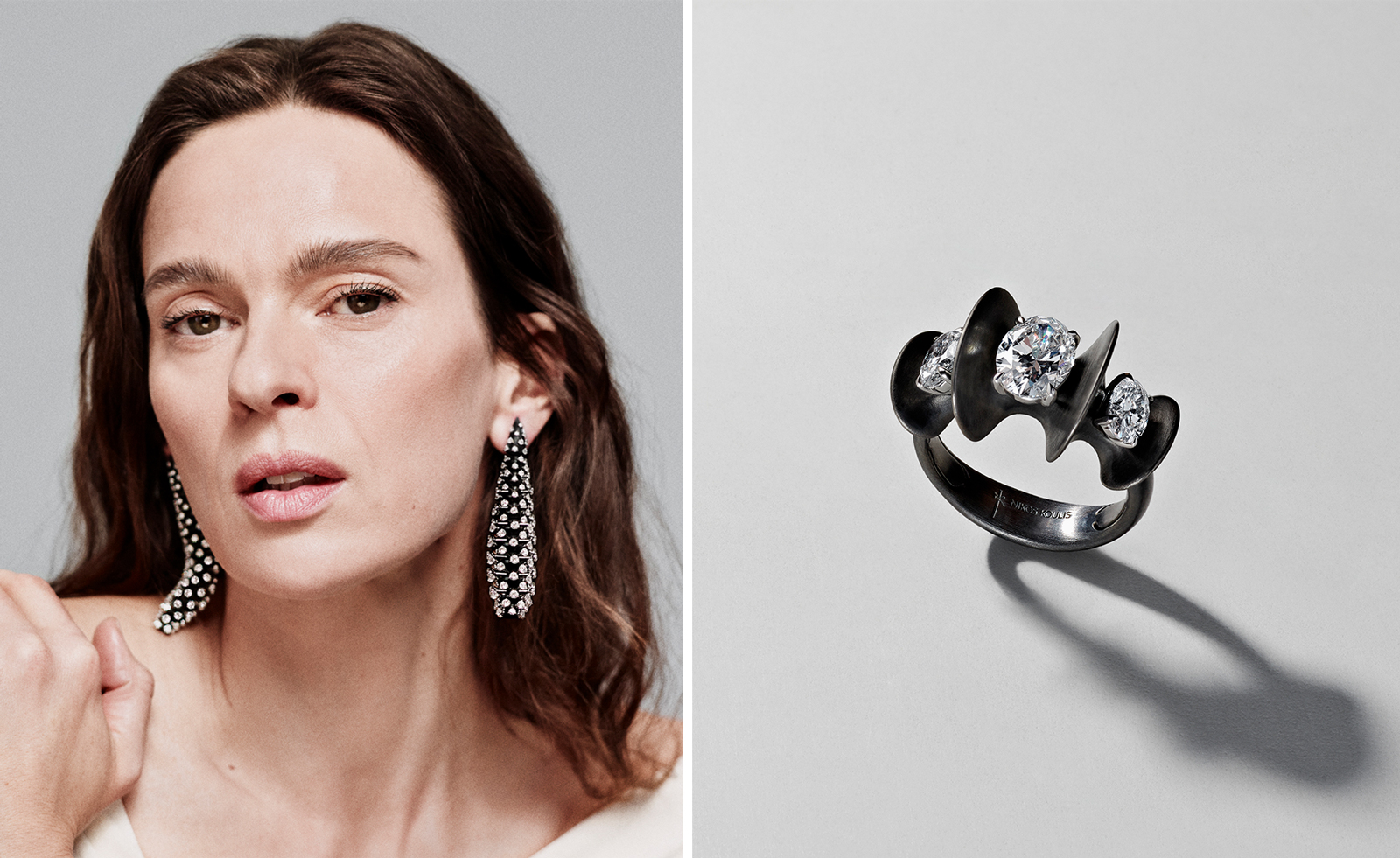 Nikos Koulis brings a cool wearability to high jewellery
Nikos Koulis brings a cool wearability to high jewelleryNikos Koulis experiments with unusual diamond cuts and modern materials in a new collection, ‘Wish’
By Hannah Silver
-
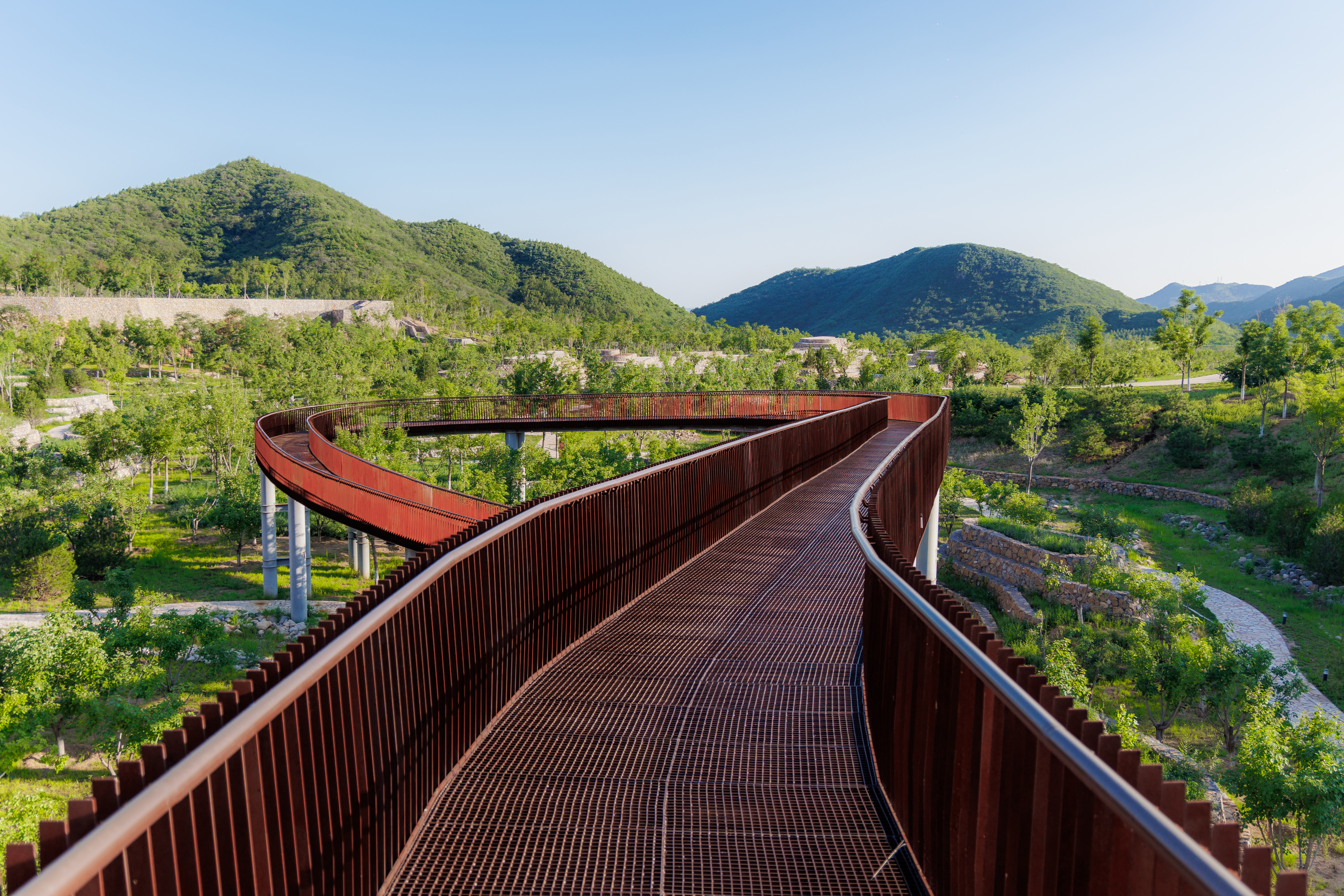 A Xingfa cement factory’s reimagining breathes new life into an abandoned industrial site
A Xingfa cement factory’s reimagining breathes new life into an abandoned industrial siteWe tour the Xingfa cement factory in China, where a redesign by landscape specialist SWA Group completely transforms an old industrial site into a lush park
By Daven Wu
-
 Put these emerging artists on your radar
Put these emerging artists on your radarThis crop of six new talents is poised to shake up the art world. Get to know them now
By Tianna Williams
-
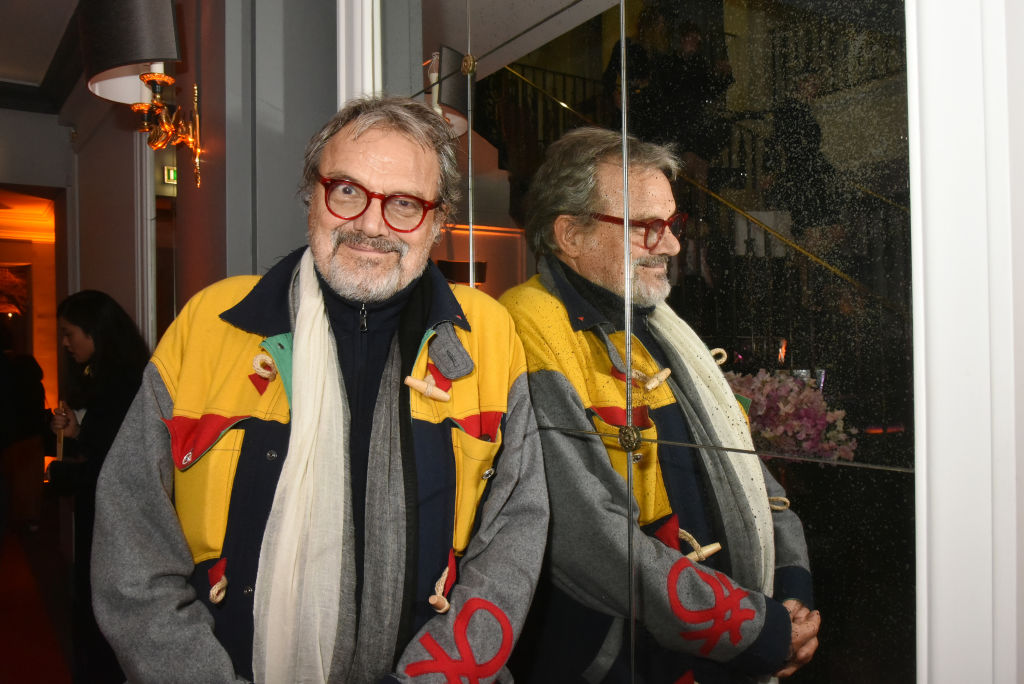 Remembering Oliviero Toscani, fashion photographer and author of provocative Benetton campaigns
Remembering Oliviero Toscani, fashion photographer and author of provocative Benetton campaignsBest known for the controversial adverts he shot for the Italian fashion brand, former art director Oliviero Toscani has died, aged 82
By Anna Solomon
-
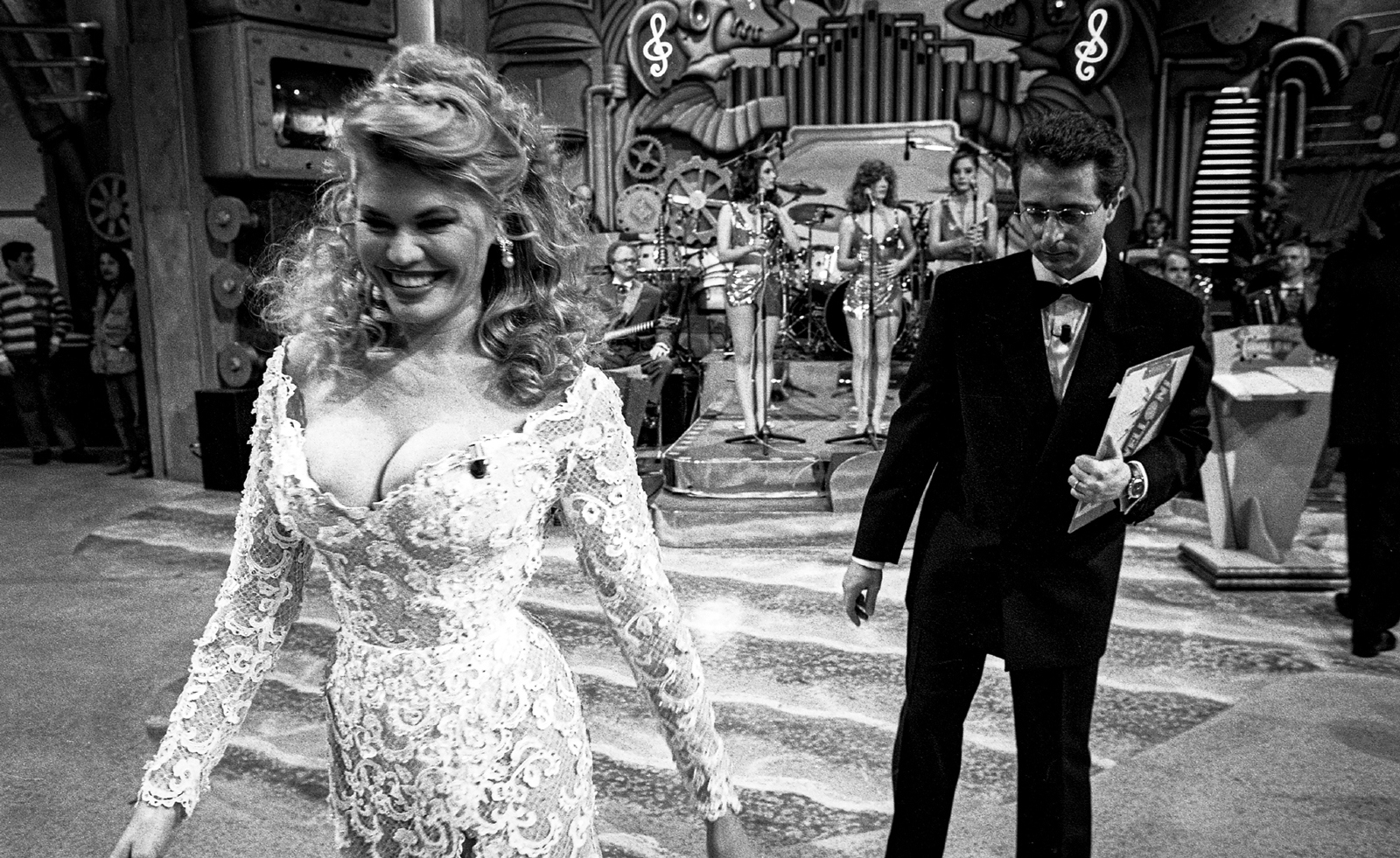 Distracting decadence: how Silvio Berlusconi’s legacy shaped Italian TV
Distracting decadence: how Silvio Berlusconi’s legacy shaped Italian TVStefano De Luigi's monograph Televisiva examines how Berlusconi’s empire reshaped Italian TV, and subsequently infiltrated the premiership
By Zoe Whitfield
-
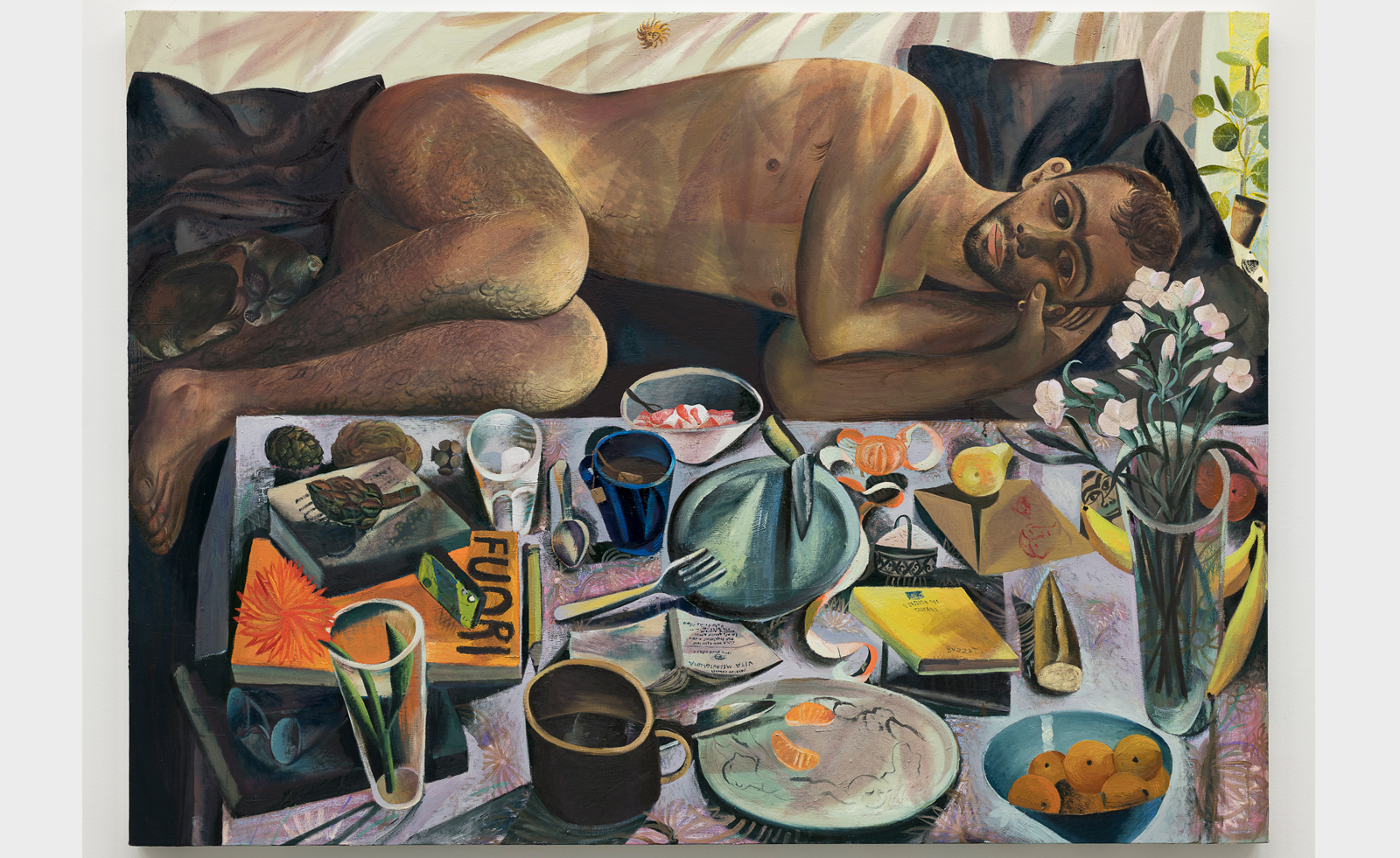 Louis Fratino leans into queer cultural history in Italy
Louis Fratino leans into queer cultural history in ItalyLouis Fratino’s 'Satura', on view at the Centro Pecci in Italy, engages with queer history, Italian landscapes and the body itself
By Sam Moore
-
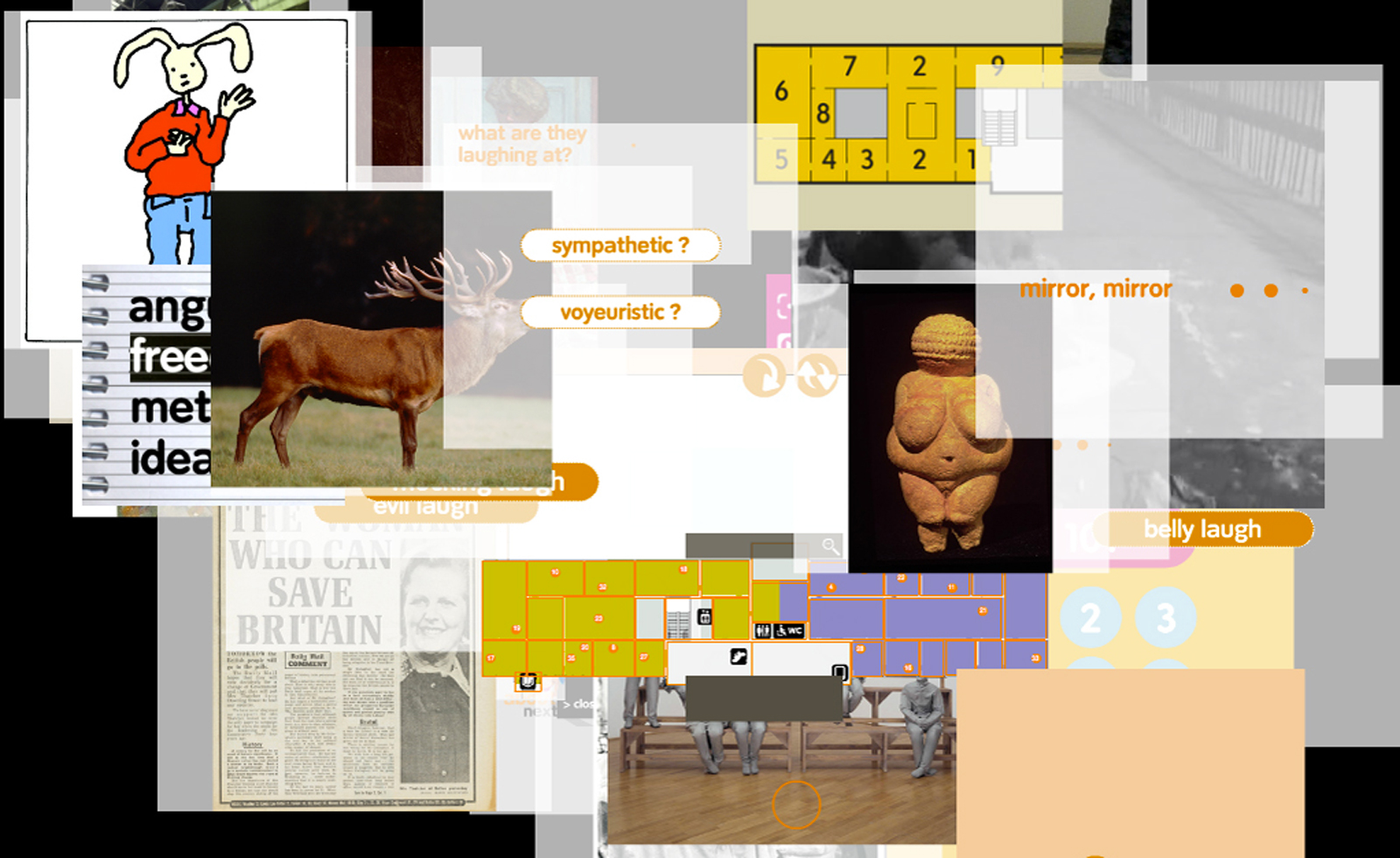 ‘I just don't like eggs!’: Andrea Fraser unpacks the art market
‘I just don't like eggs!’: Andrea Fraser unpacks the art marketArtist Andrea Fraser’s retrospective ‘I just don't like eggs!’ at Fondazione Antonio dalle Nogare, Italy, explores what really makes the art market tick
By Sofia Hallström
-
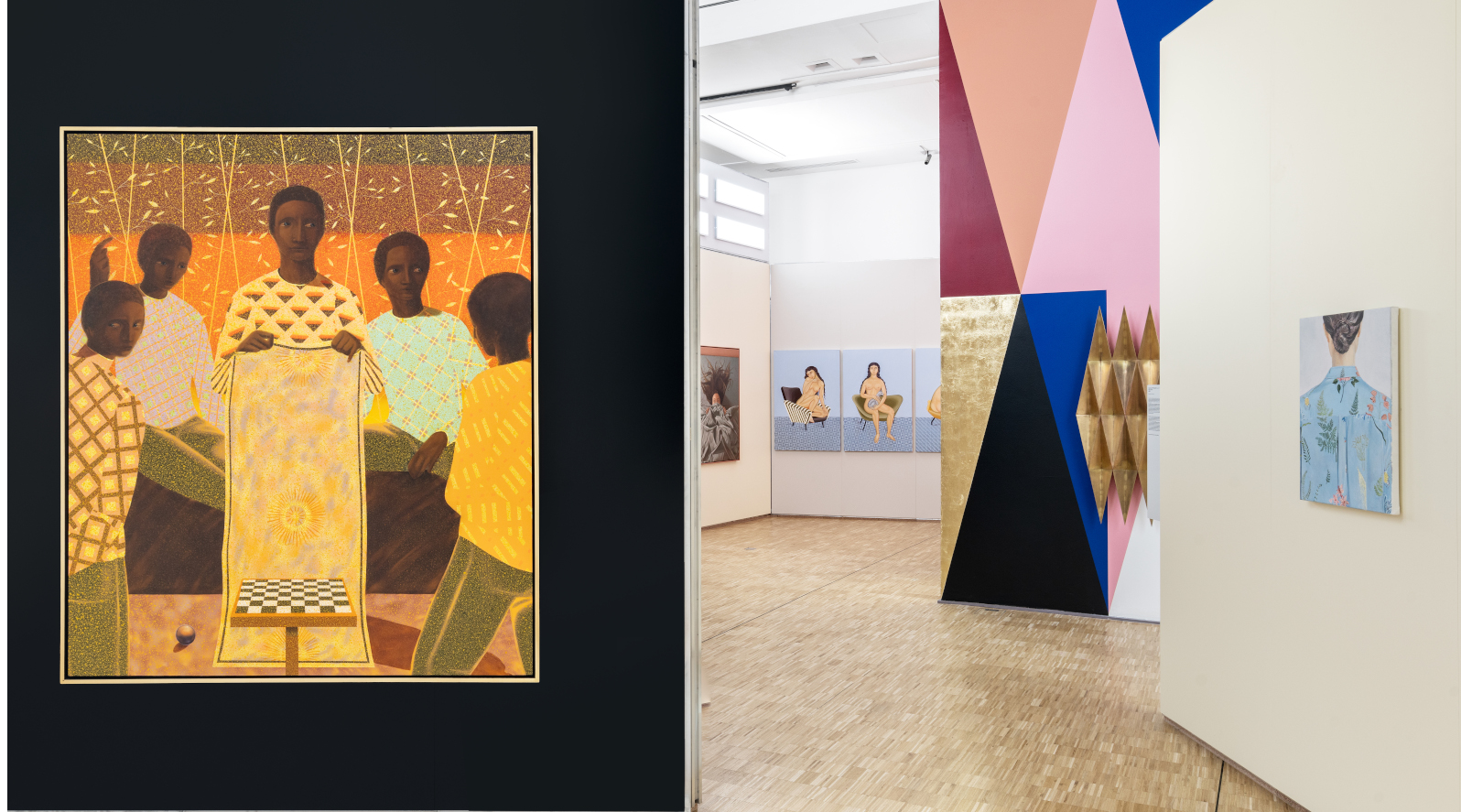 Triennale Milano exhibition spotlights contemporary Italian art
Triennale Milano exhibition spotlights contemporary Italian artThe latest Triennale Milano exhibition, ‘Italian Painting Today’, is a showcase of artworks from the last three years
By Tianna Williams
-
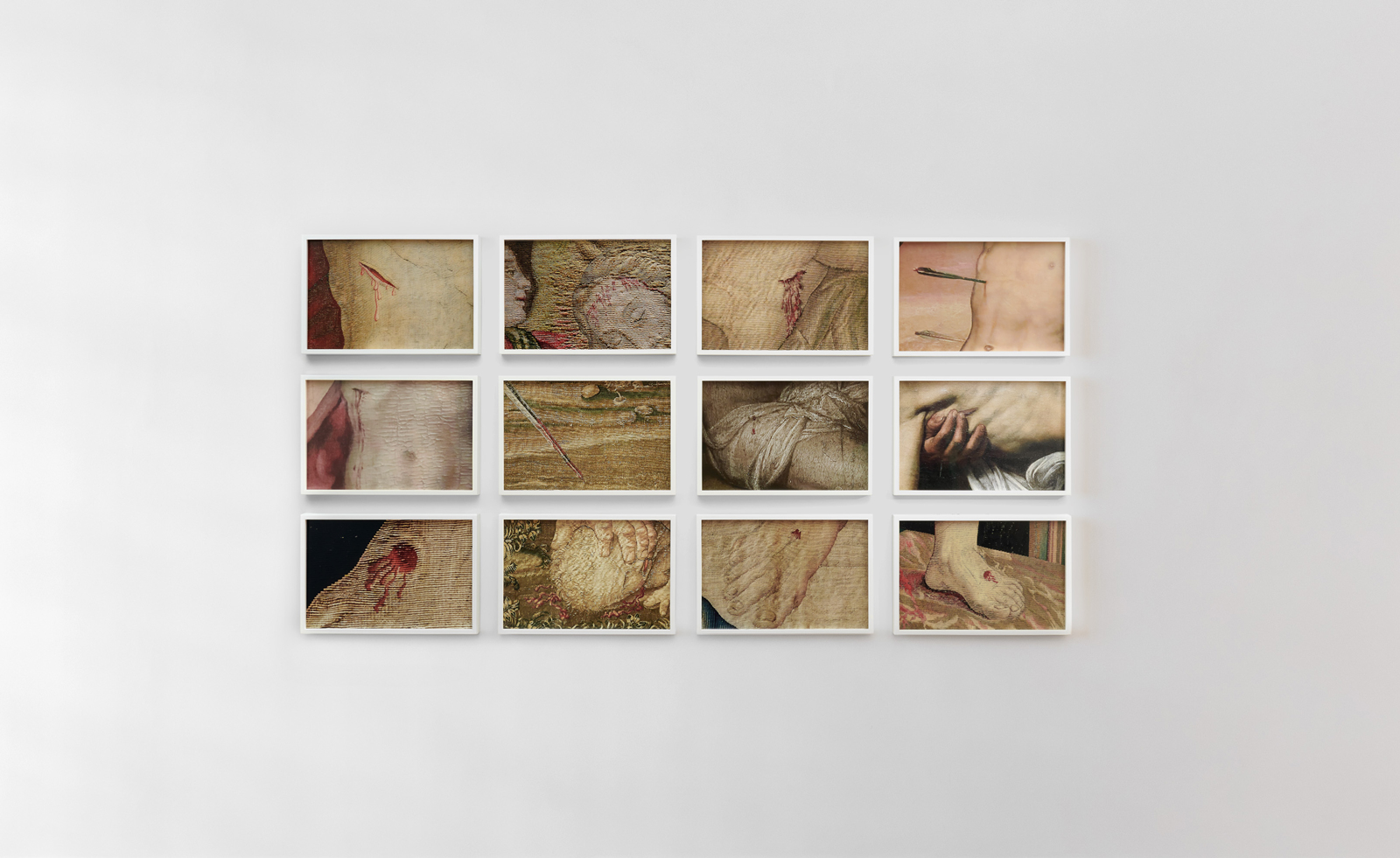 Walls, Windows and Blood: Catherine Opie in Naples
Walls, Windows and Blood: Catherine Opie in NaplesCatherine Opie's new exhibition ‘Walls, Windows and Blood’ is now on view at Thomas Dane Gallery, Naples
By Amah-Rose Abrams
-
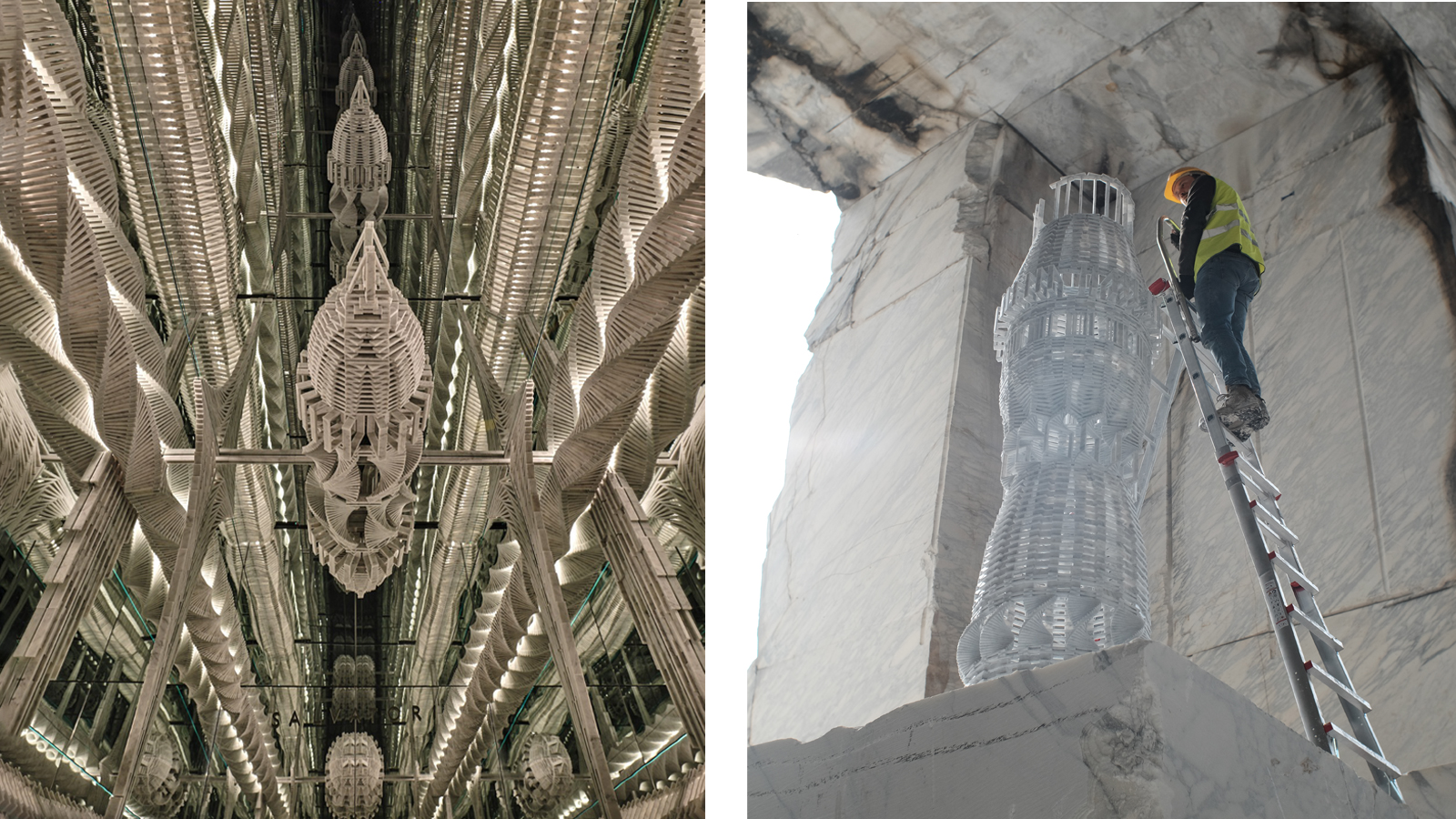 Raffaele Salvoldi stacks hundreds of marble blocks for dazzling Milan installation
Raffaele Salvoldi stacks hundreds of marble blocks for dazzling Milan installationFor a Milan Design Week 2023 installation, Italian artist Raffaele Salvoldi teams up with marble brand Salvatori to create architectural sculptures comprising hundreds of marble blocks
By Harriet Lloyd-Smith
-
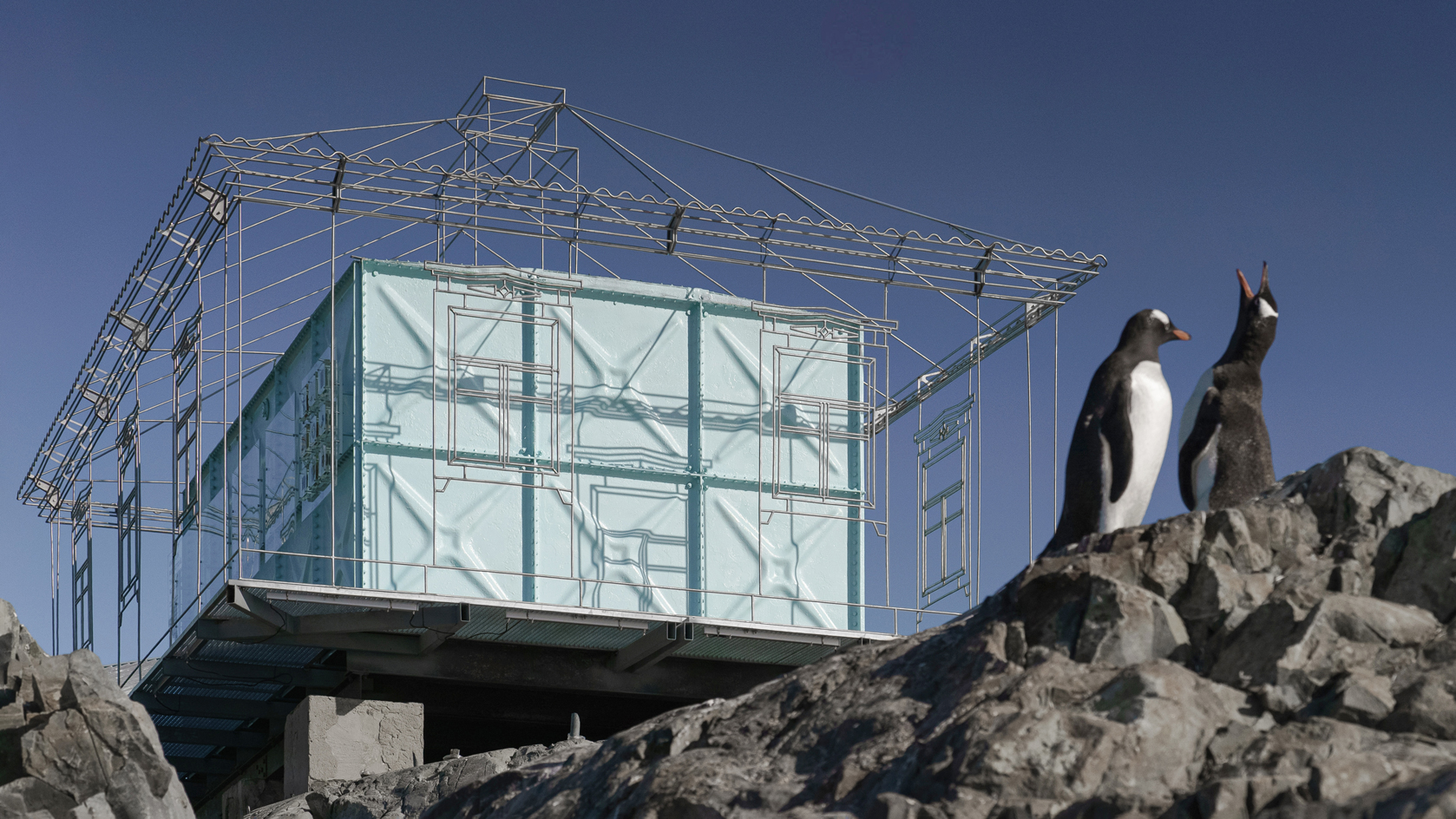 Remote Antarctica research base now houses a striking new art installation
Remote Antarctica research base now houses a striking new art installationIn Antarctica, Kyiv-based architecture studio Balbek Bureau has unveiled ‘Home. Memories’, a poignant art installation at the remote, penguin-inhabited Vernadsky Research Base
By Harriet Lloyd-Smith